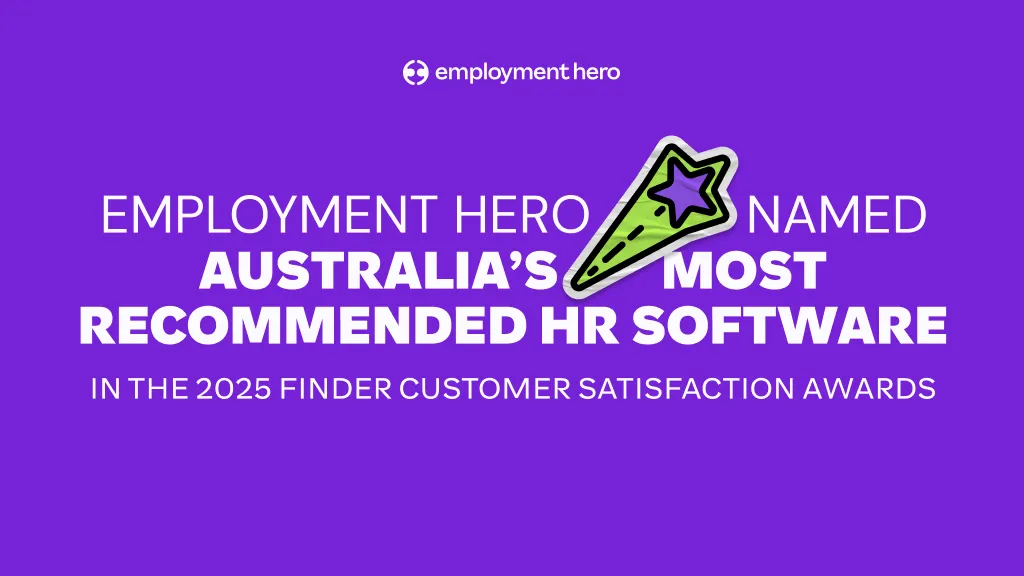Australia’s workforce is expanding, but casual workers are stuck in short-term roles, seeing fewer hours, lower wages, and little incentive to stay.
According to Employment Hero’s September 2025 Jobs insight data, national employment grew 0.8% month-on-month, and a solid 5.5% year-on-year. From a distance, this looks like a labour market firing on all cylinders.
But zoom in and the data could indicate a different story, one where casual workers are doing more of the lifting without seeing the rewards.
Casual employment rose 1.2% in September, continuing a huge annual increase of 8.8%. That’s faster than full-time and part-time roles combined. However, casuals are clocking fewer hours, earning less, and bouncing between roles at a rate that’s hard to ignore.
Casuals are rising, but they’re not thriving
The average casual worker worked 83.8 hours in September, a 1.9% drop from the previous month. That’s 66 fewer hours than the average full-time worker, and 16 fewer than a part-timer. So while job numbers are rising, the actual work being done is falling.
The gap in wages is also growing. Casuals earned an average of $39.52 per hour in September. That’s $11 less than their full-time peers, and $0.93 behind part-time workers. And while all categories saw modest wage growth, casuals got the smallest bump, just +0.6% month-on-month.
Almost half of all casual workers, 44.1% have been in their role less than a year. Compare that to just 26.5% of full-time employees. Only 2.87% of casuals stick around longer than eight years, compared to 15.25% of full-timers.
These numbers reveal a system built for turnover, not tenure.
A two-speed workforce is taking shape
The broader labour market is growing. The national median hourly rate rose to $45.15 in September, up 5.0% year-on-year. But that growth isn’t evenly distributed. Casuals are being used as a shock absorber—hired in high volumes, given fewer hours, and moved on quickly when business needs shift.
“Casual workers are powering our employment growth, but the return on their labour isn’t stacking up,” said Ben Thompson, CEO at Employment Hero. “Businesses are building flexibility into their workforce model, but that flexibility often comes at the expense of security and reward.”
Flexibility shouldn’t mean fragility. Yet for many casuals, that’s the lived reality.
What high churn is costing employers
From a business lens, casual roles offer agility. But there’s a hidden cost. If nearly half your casual workforce leaves within 12 months, you’re stuck in a cycle of constant recruitment and retraining.


























